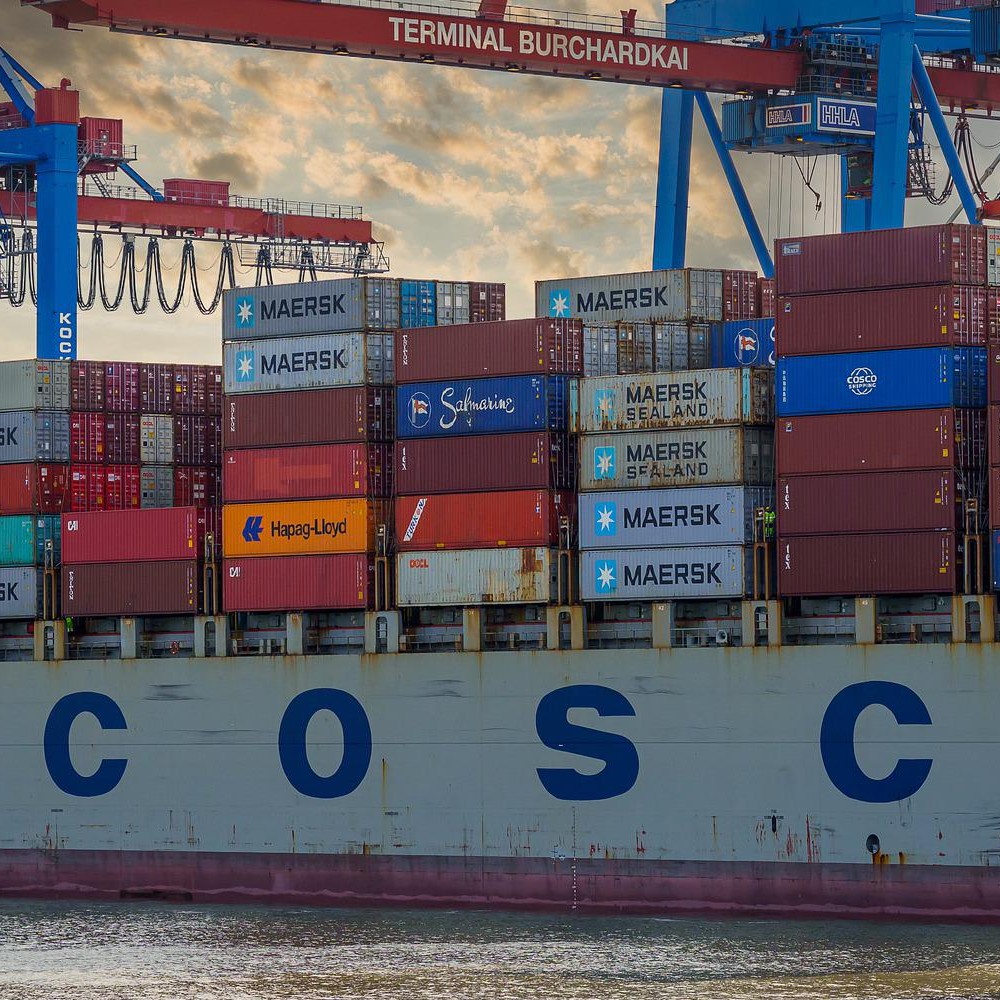Published:
As the world continues to resurrect itself amidst the pandemic, another tragedy has struck. Hurricane Ian, a category four storm, has ravaged the state of Florida more than anyone expected. A few major cities in the area were warned of the destruction that the storm was expected to bring, including Miami, Fort Myers, Tampa, Atlanta, Jacksonville, and many more. Hurricane Ian caused extensive damage and flooding to the housing and infrastructure as it transformed from a tropical storm to a hurricane. On top of this, the entire eastern end of Cuba was hit, causing 1 million people to lose power. With Hurricane Ian leaving its mark up the eastern coast to South Carolina, the wind damage alone is ranking this as the fifth-strongest storm to hit the United States, tied alongside many others. The size and magnitude of the storm were intense compared to past storms, leaving Florida and bordering states expecting major effects on supply chain functions along the coast.
Florida’s manufacturing, agriculture, and distribution sectors are all predicted to be affected by the category-four storm. Some of Florida’s top agricultural products are oranges, sugar cane, tomatoes, and watermelons. In 2020, Florida was ranked first in the U.S. in terms of the value of production for these products. Along with this, the storm may be leaving behind damages to up to 2,800 manufacturing firms in aerospace, automotive components, chemicals and plastics, and heavy machinery. The storm did not stop there, with about 7,000 healthcare producers in pharmaceuticals, medical devices, diagnostics, and other fields being affected. The projections for the storm included about 20 billion dollars in lost revenue for Resilinc monitors alone. Through mapping supply chain processes for their customers, Resilinc saw over 4,500 of their facilities in the storm zone, creating a substantial impact on their operations and a long recovery for their suppliers.
Many of the concerns Florida is facing will have a ripple-down effect on the bordering states. Other states may be facing shortages of truck capacity if motor carriers reroute their resources to help assist with logistics and recovery efforts due to the hurricane. The damage that has been dealt to the communities will affect the amount of economic productivity coming from Florida for years to come. Florida’s already struggling homeowner’s insurance market is also expected to be in further crisis. Many civilians will be out of work for an extended period of time as they continue to regroup following the storm's passing. Multiple methods of transportation are taking time to be drained and made safe for the public again. All of these factors are contributing to the predicted property damage claims of 40 billion dollars.
Based on historical patterns surrounding similar weather events, it will take about nine weeks for business to return to pre-hurricane rates. Much of the damage to buildings and infrastructure is directly affecting how long this recovery will take. The most recent major hurricane in the U.S. was the category four Hurricane Harvey in 2017. This storm caused around 125 billion dollars in economic damage, making it the second most expensive natural disaster in United States history. It took over three years to return all those affected back to their normal standards of living and housing. With this reference, we are starting to gain a little insight into the potential recovery timeline for Florida. The sunshine state is expected to make a full recovery and return to normal in due time. Until then, we send our thoughts to all those affected by this natural disaster.
File under






